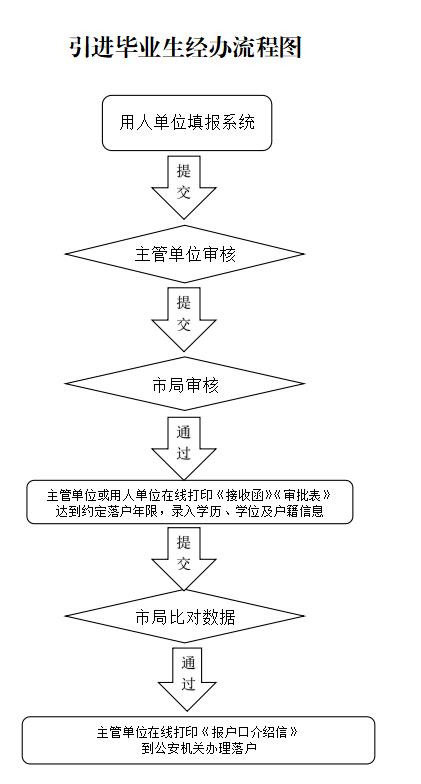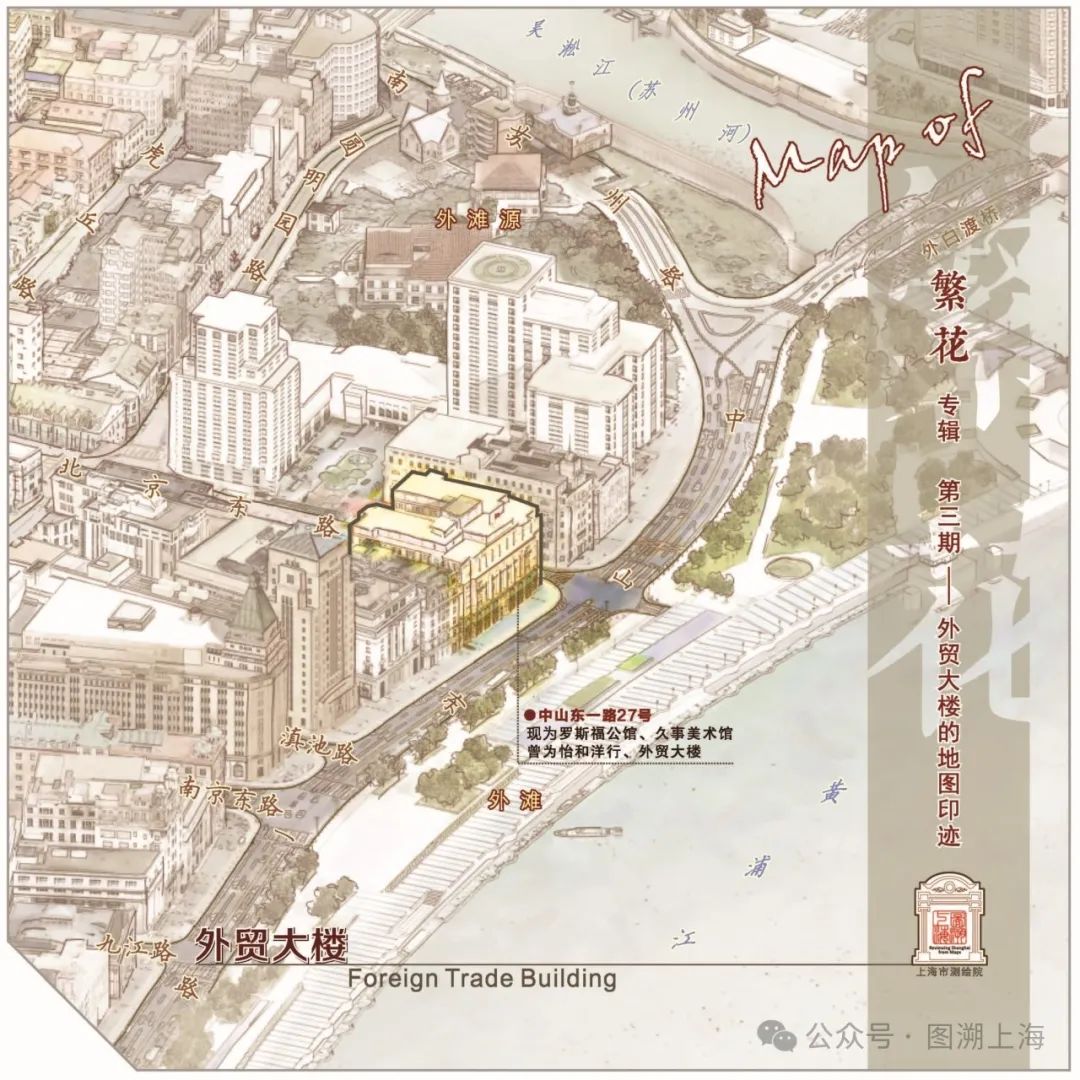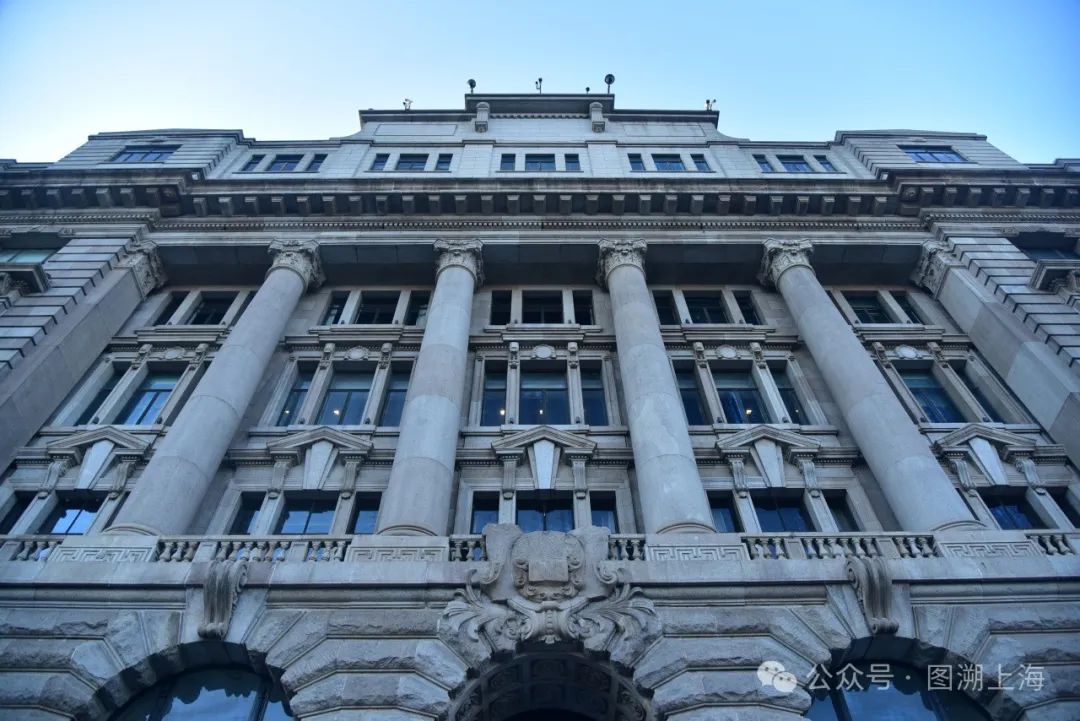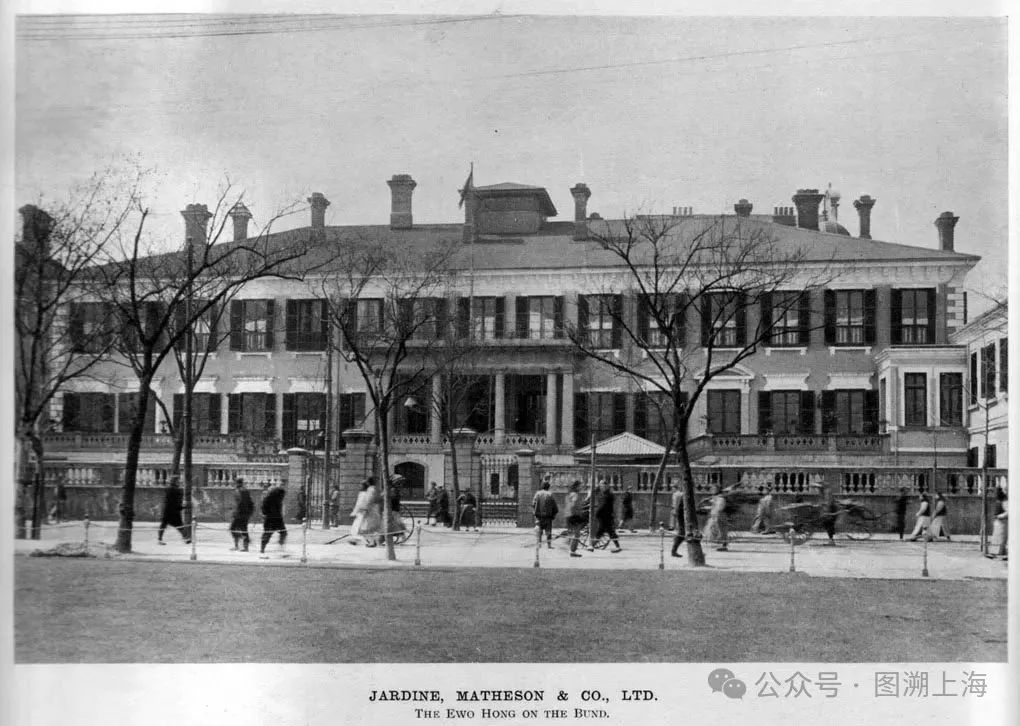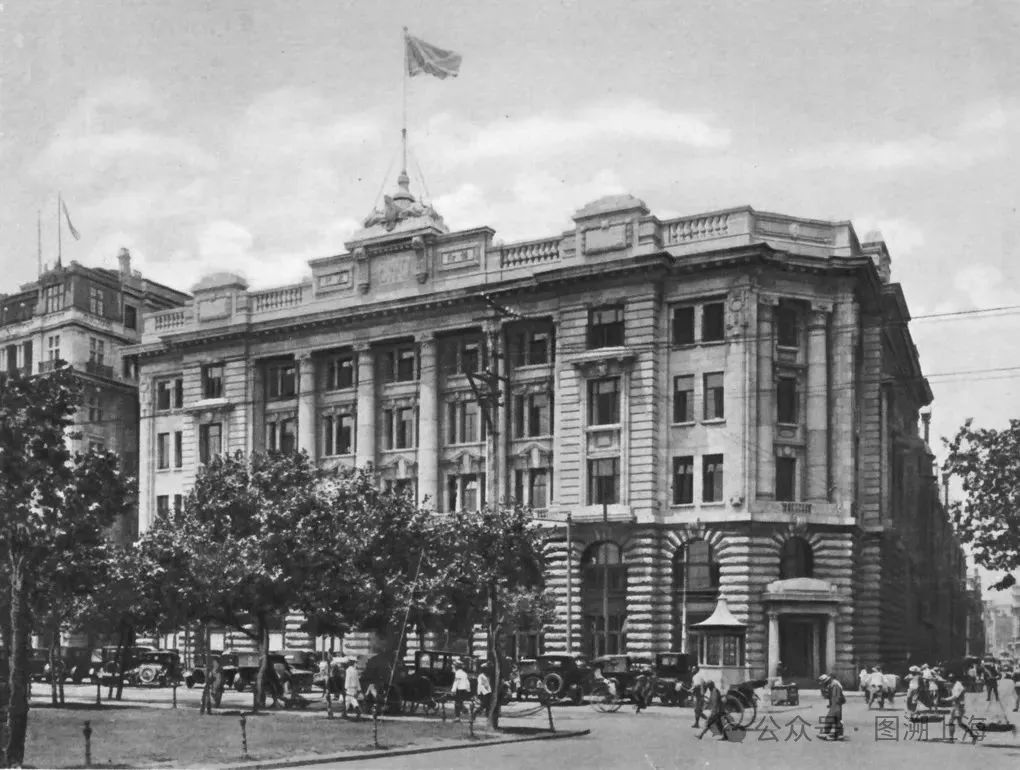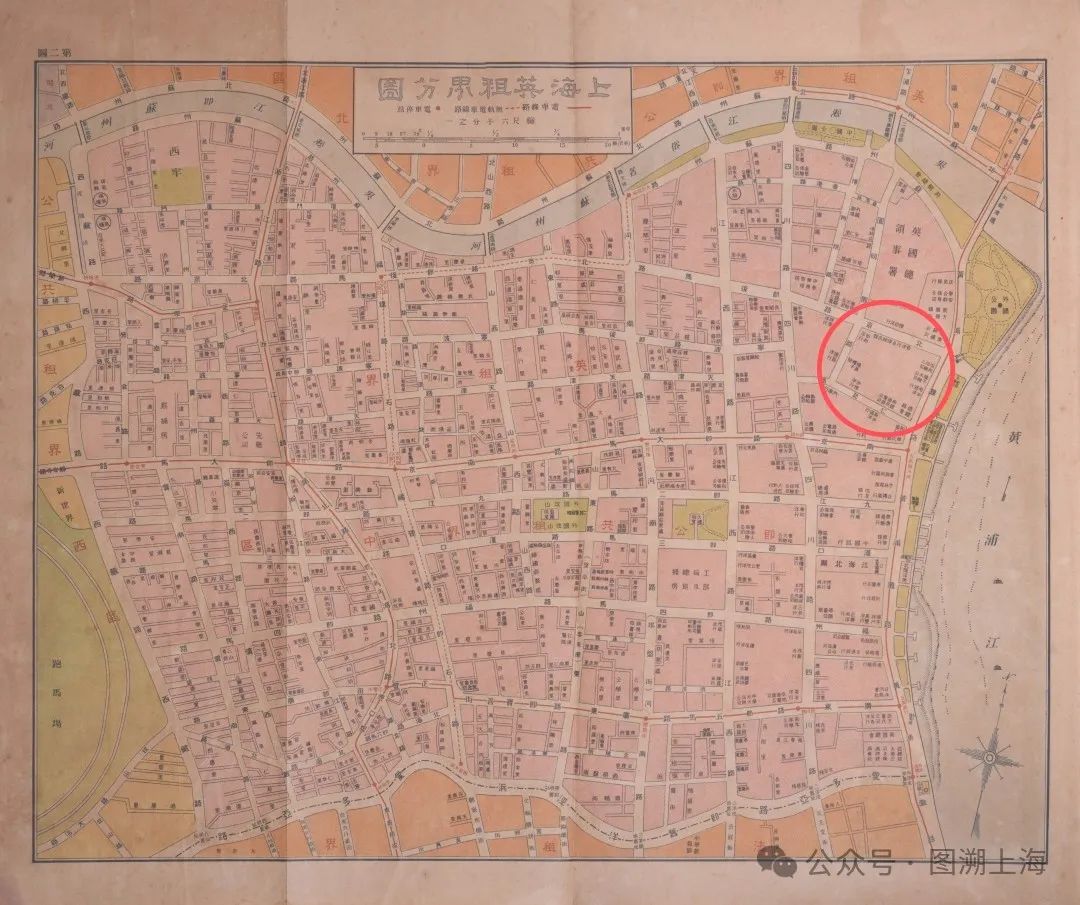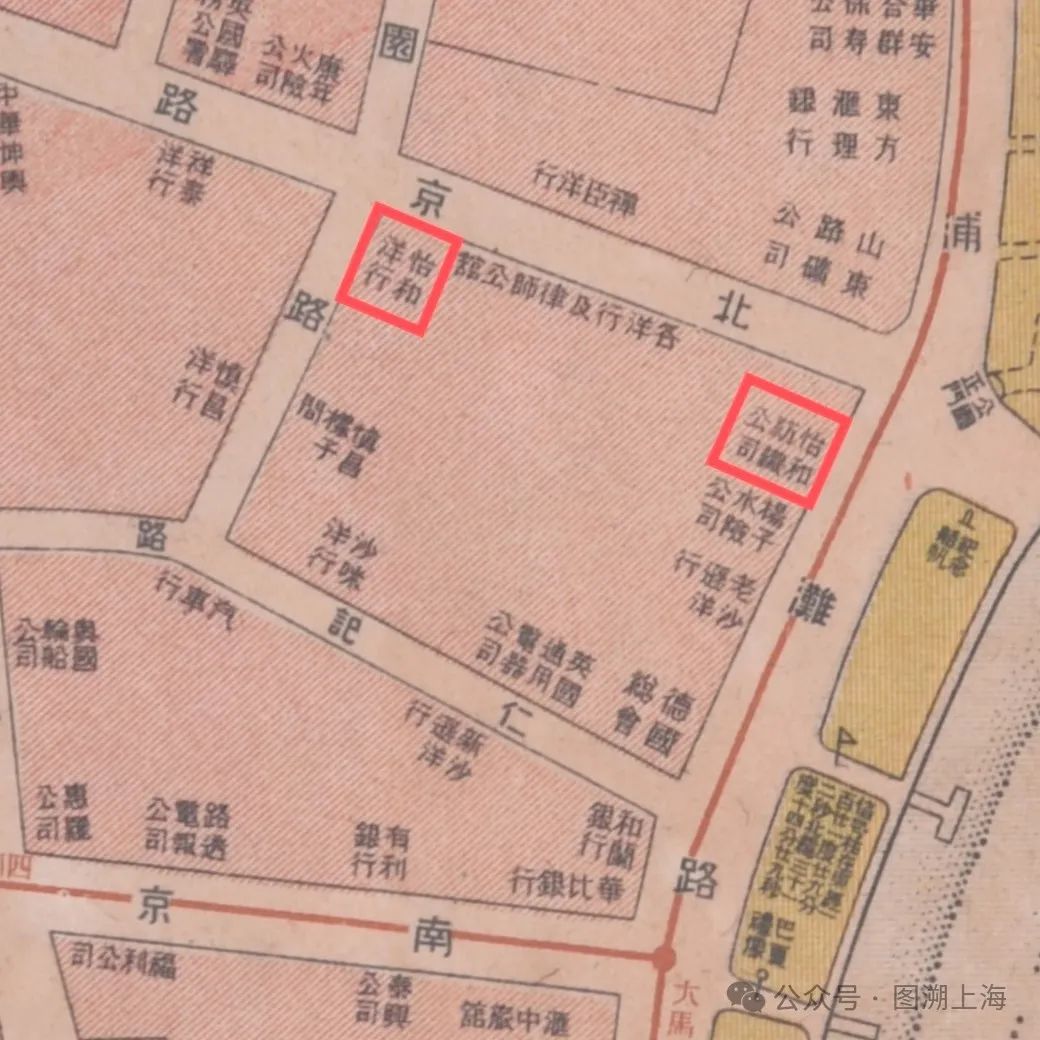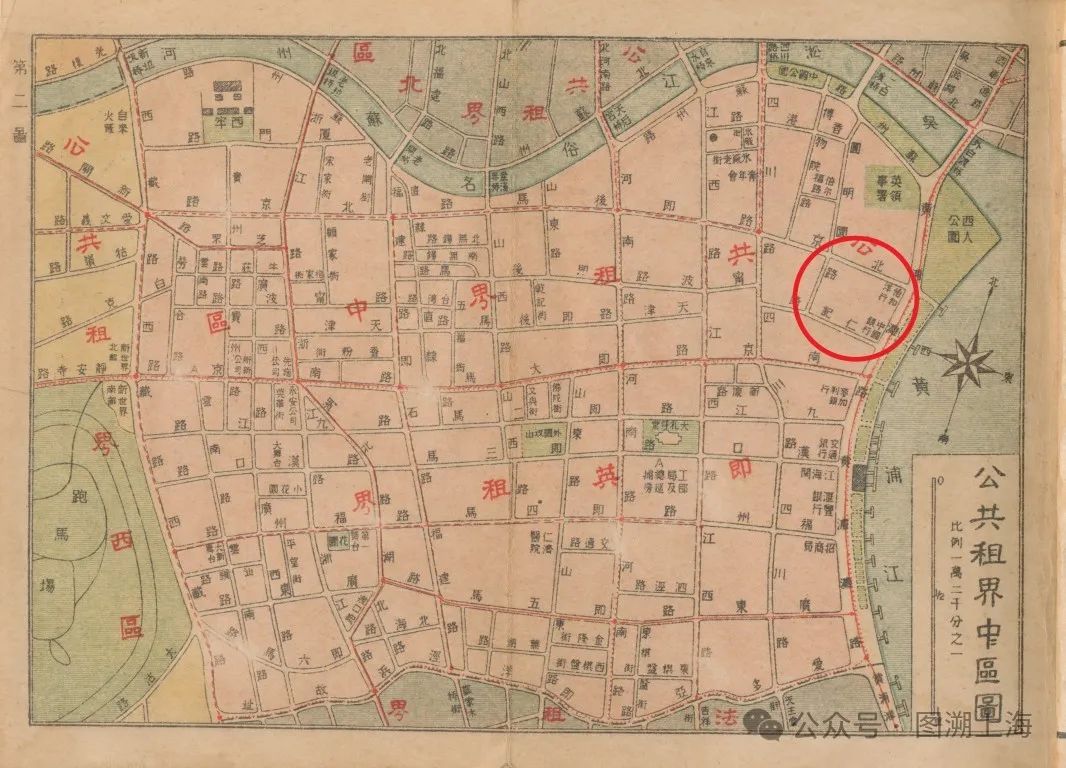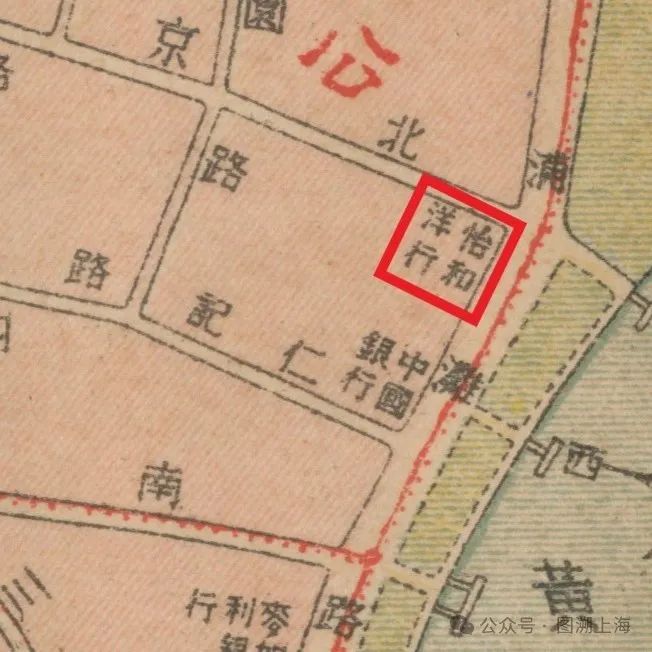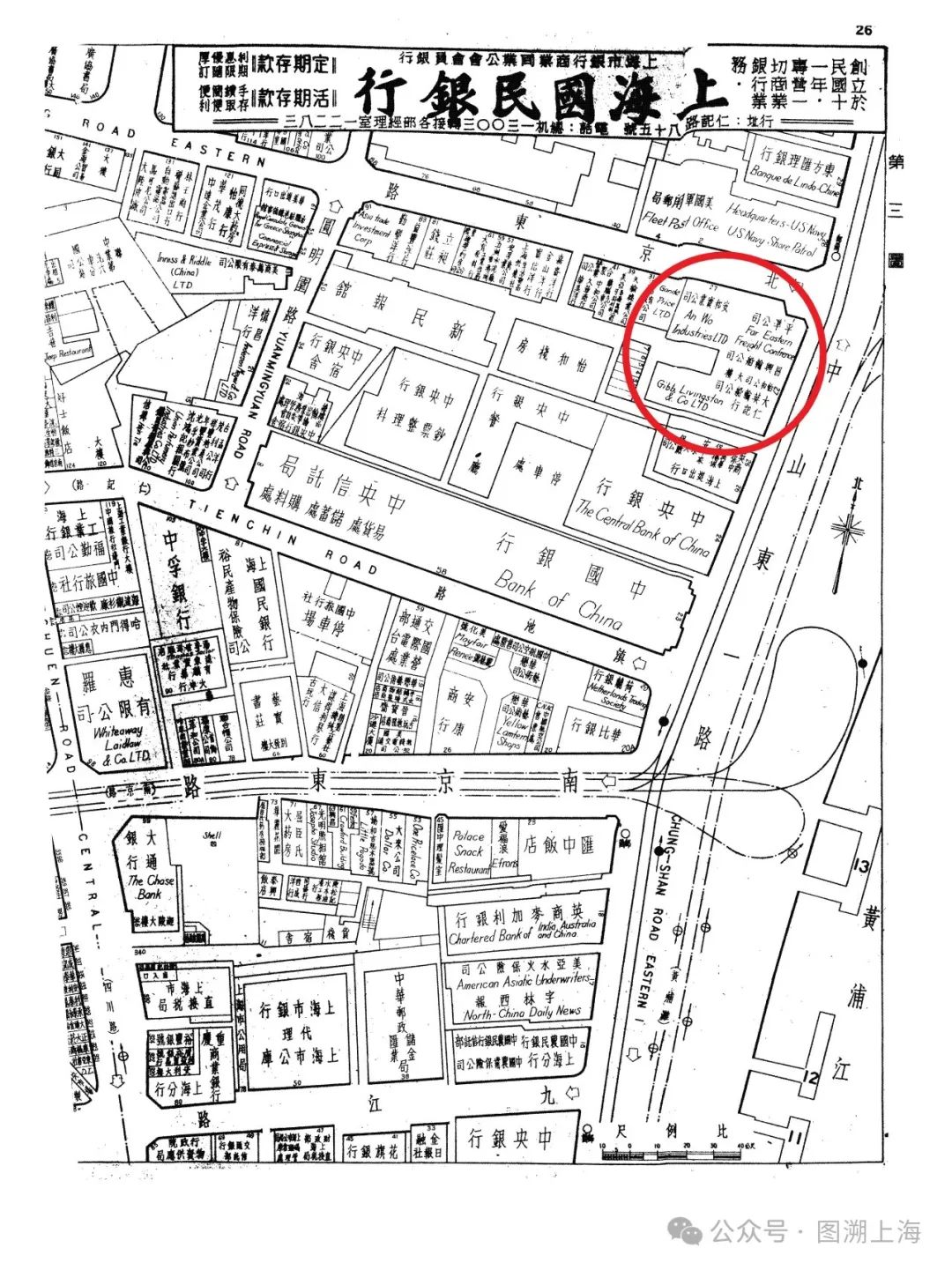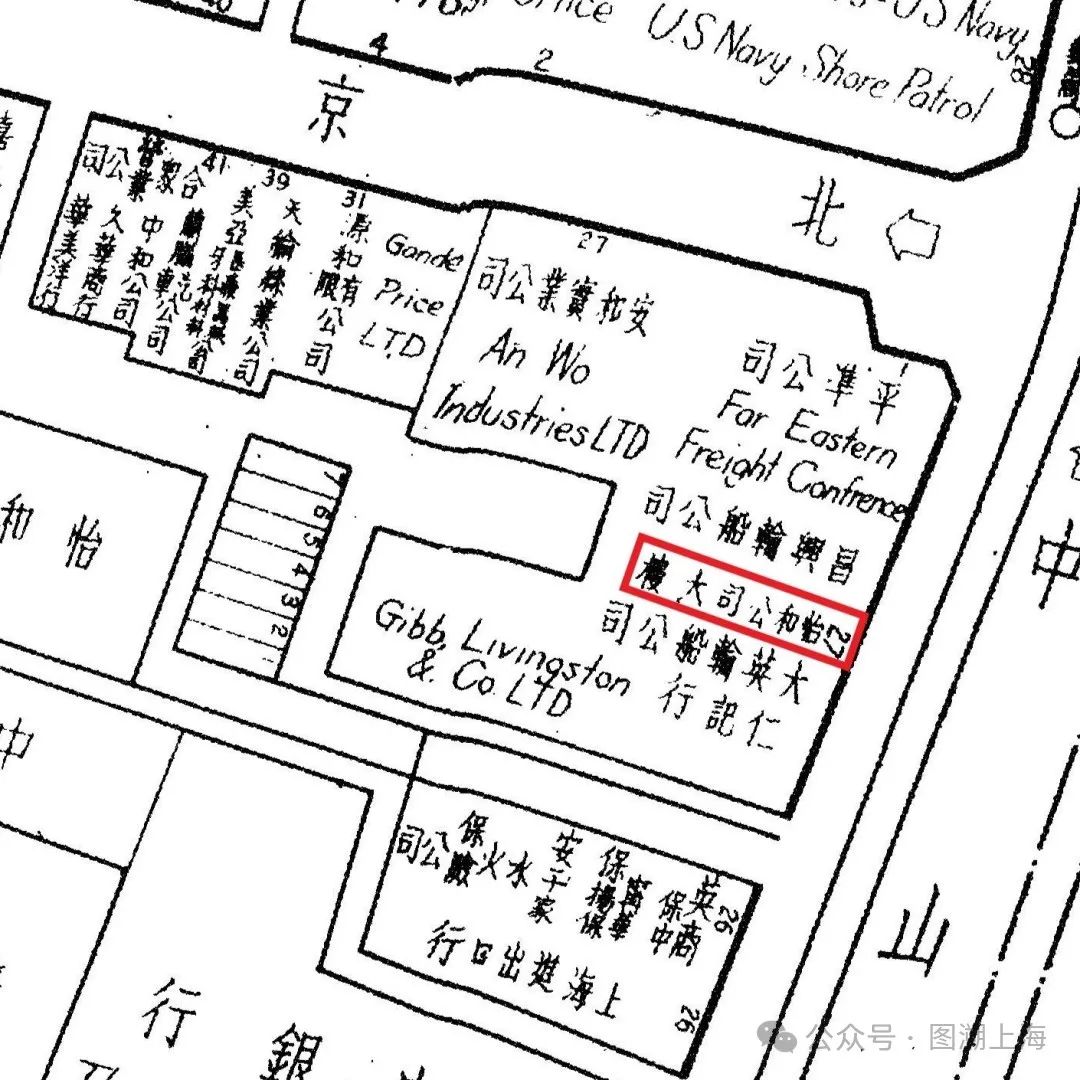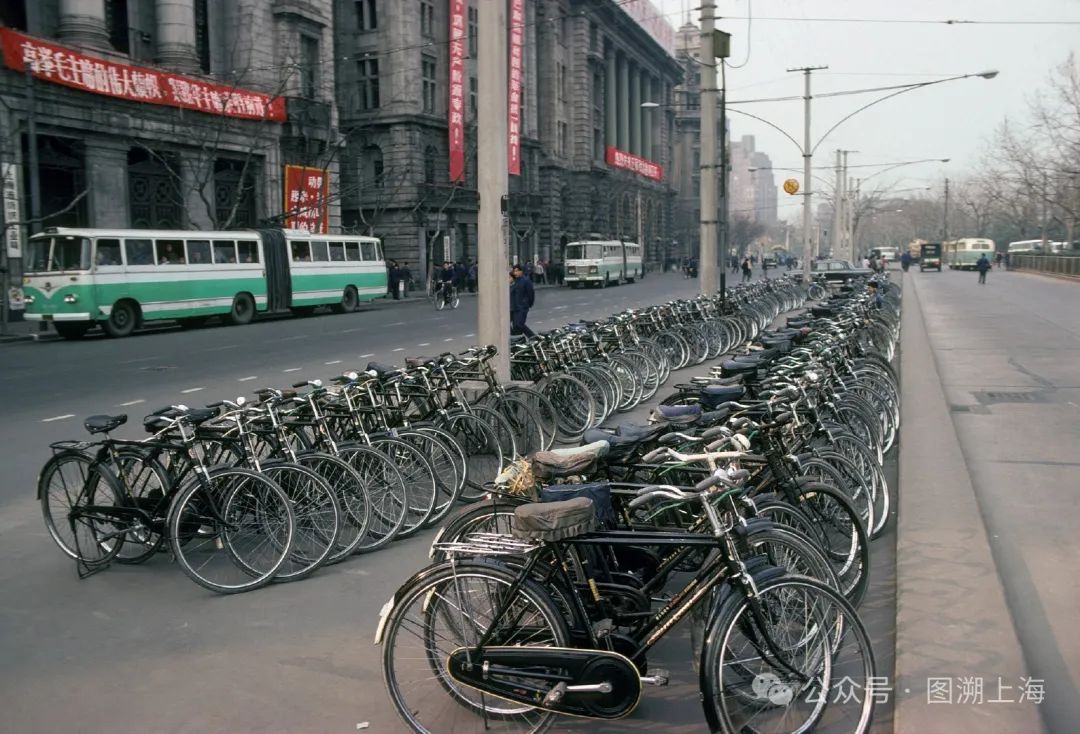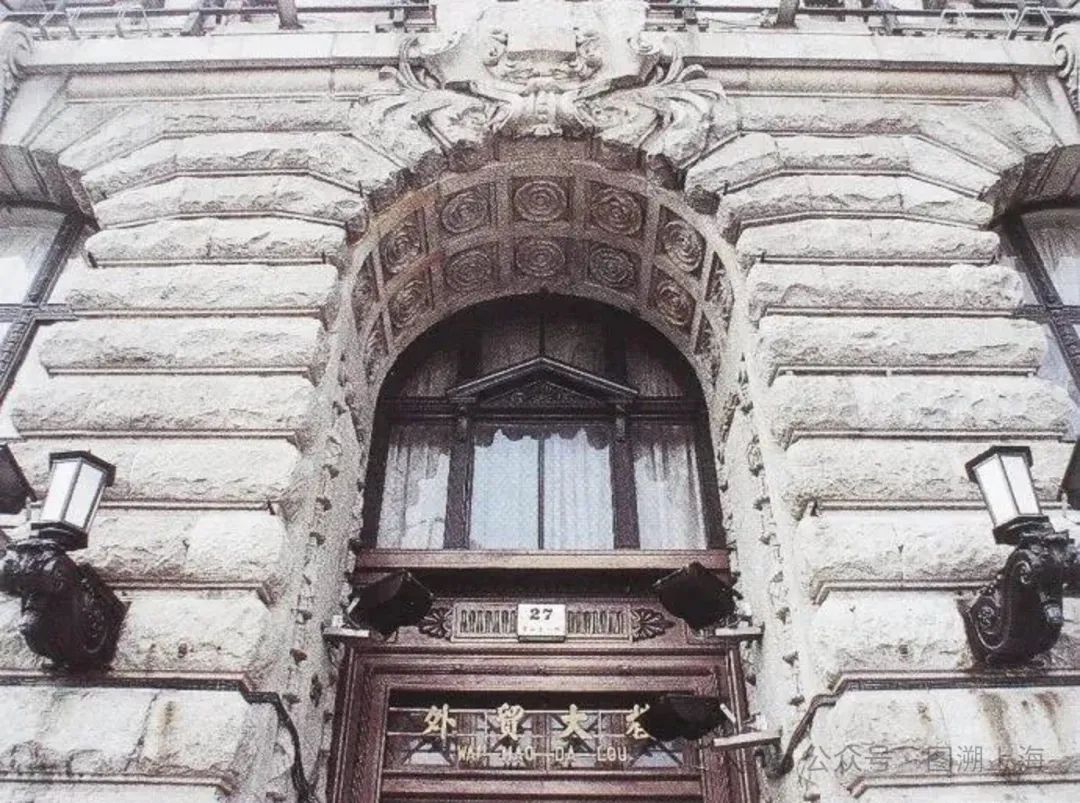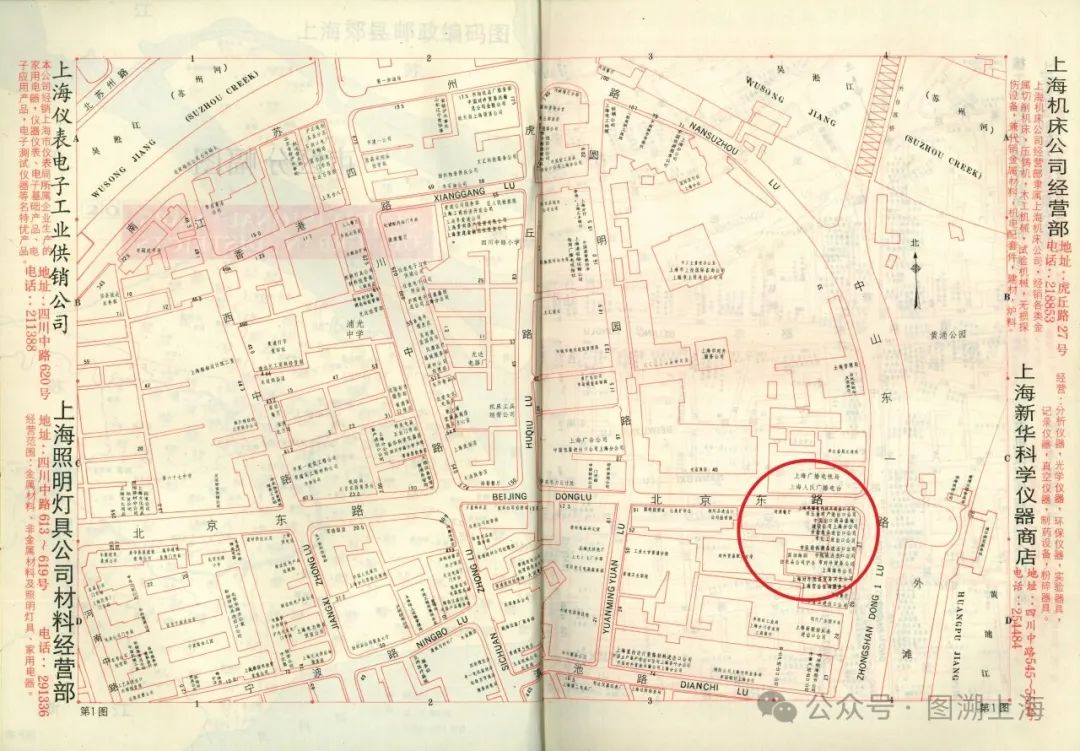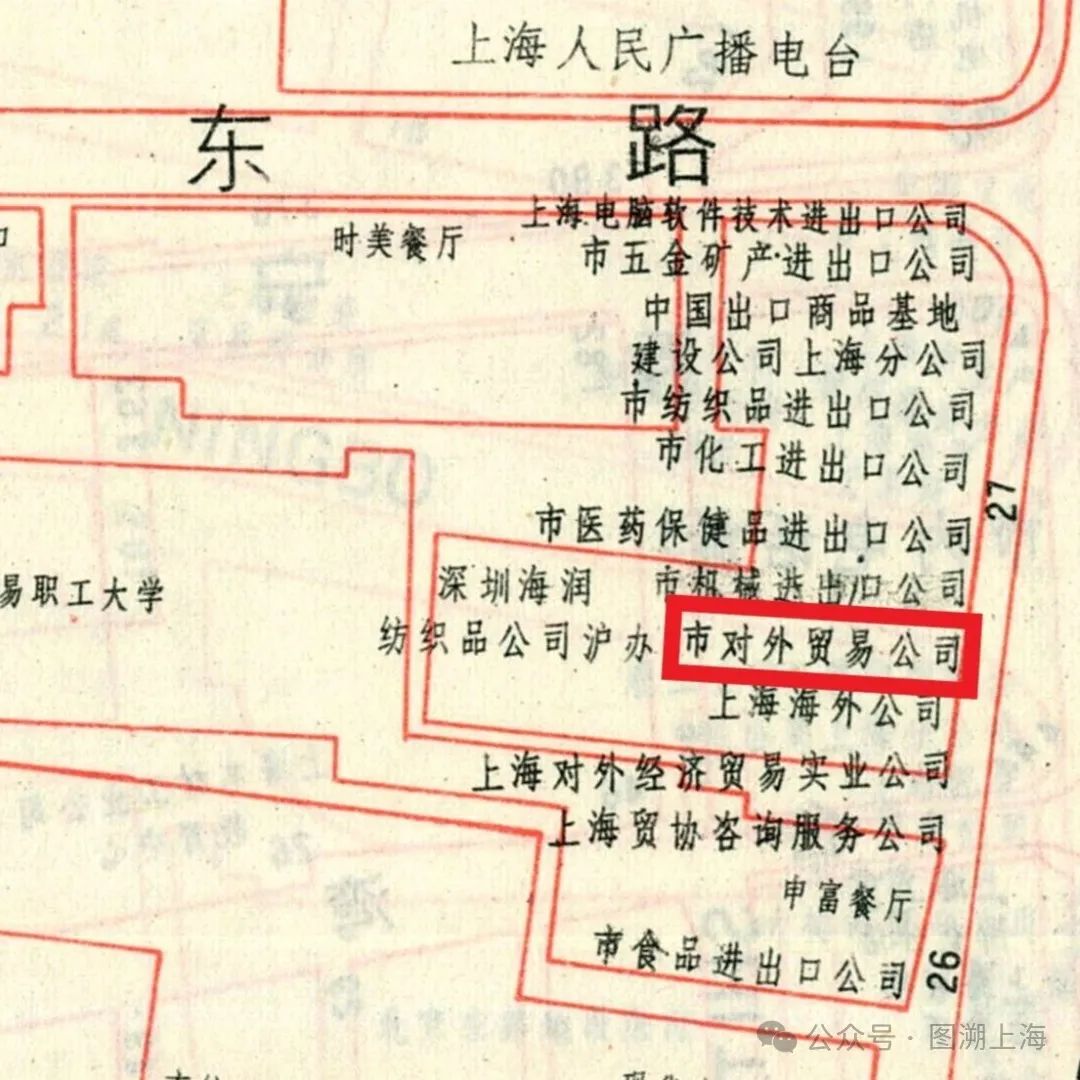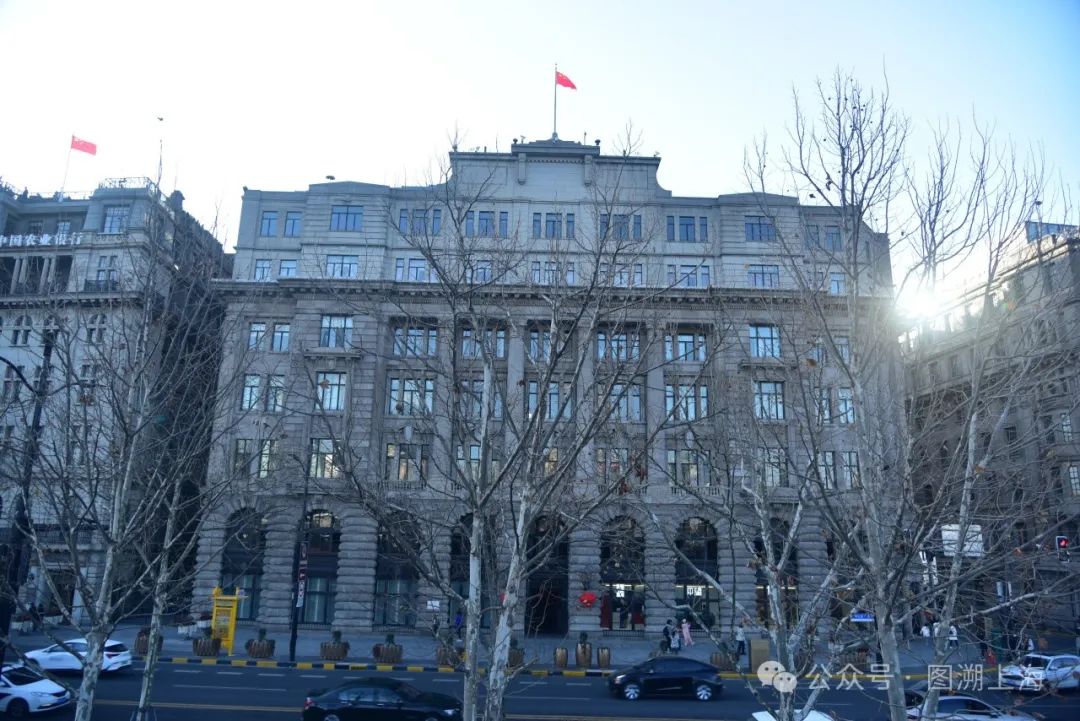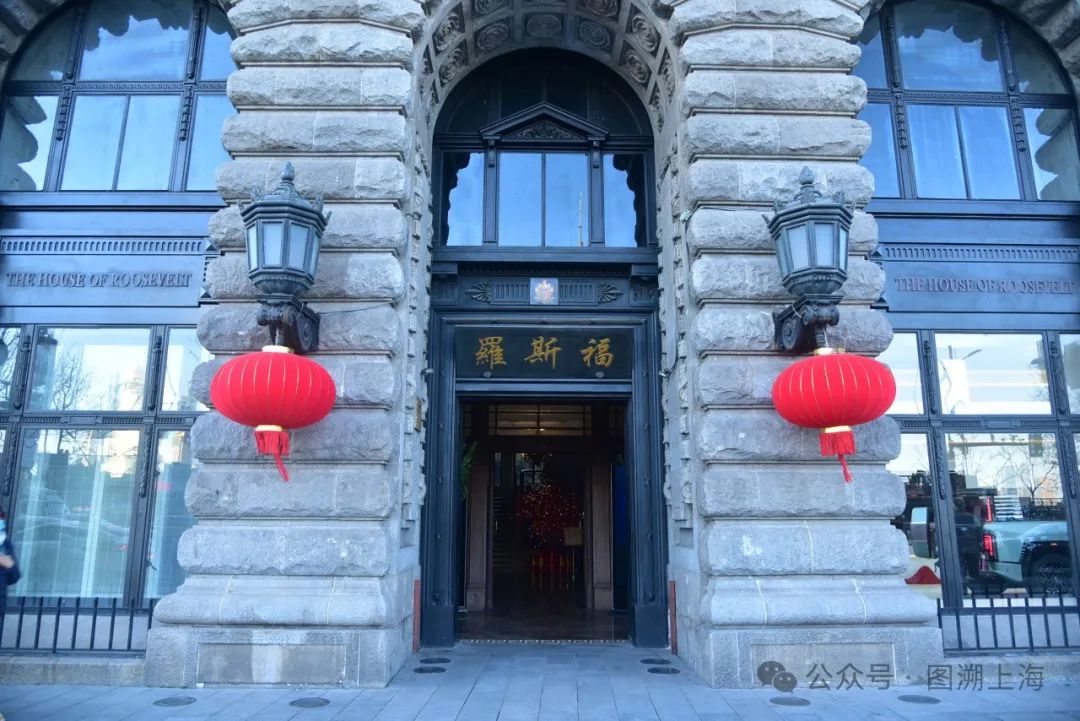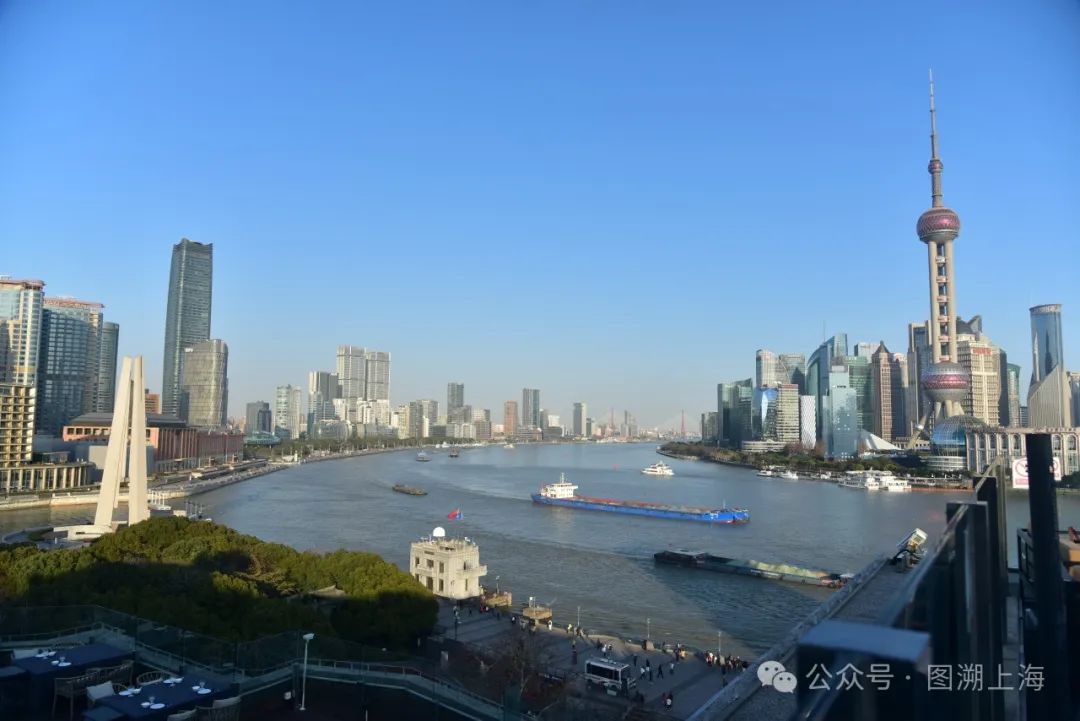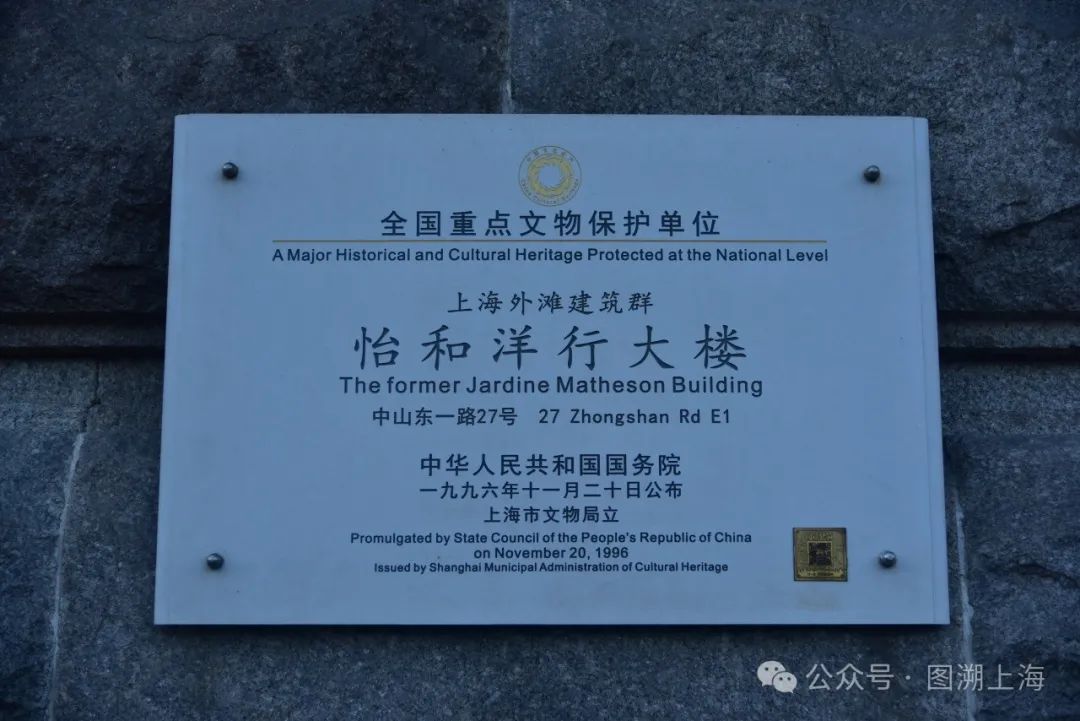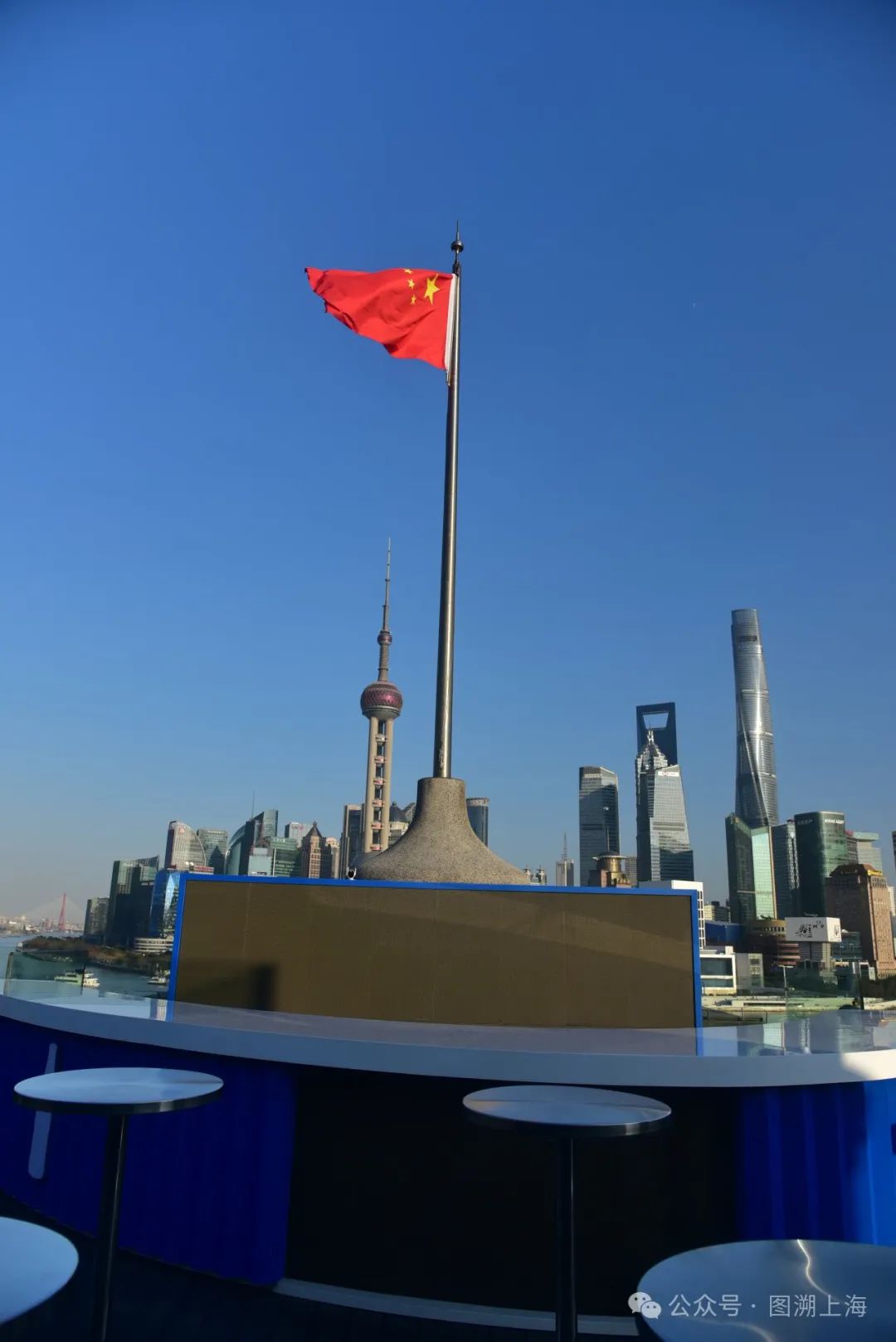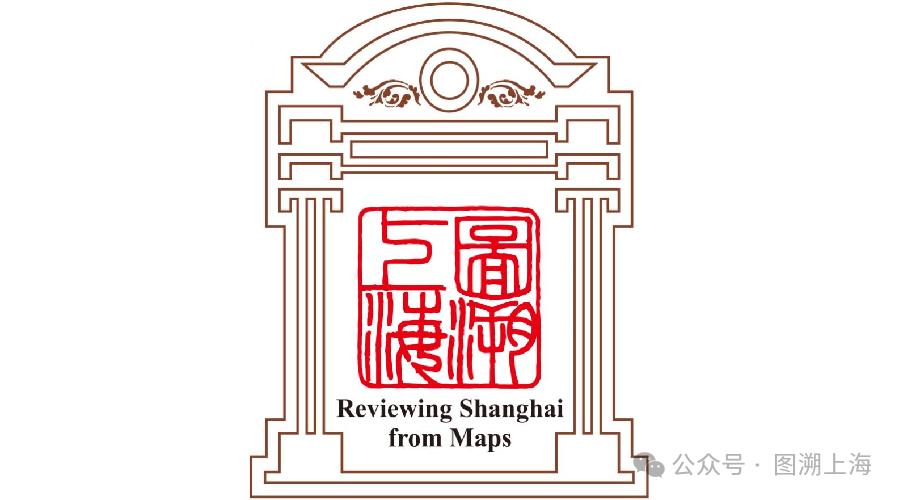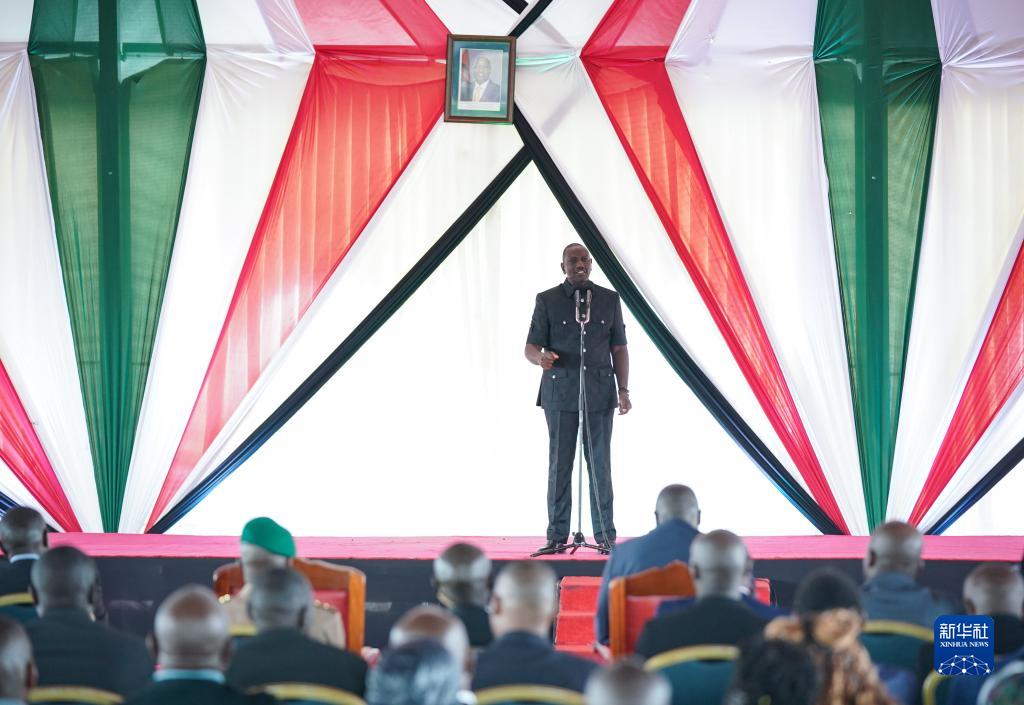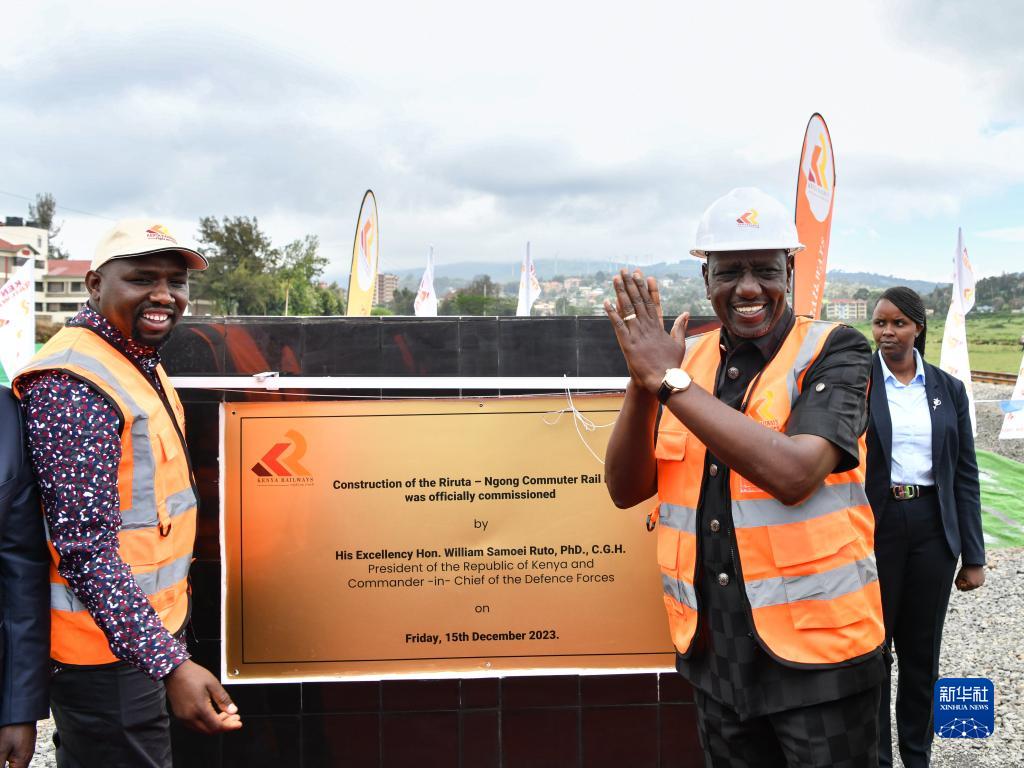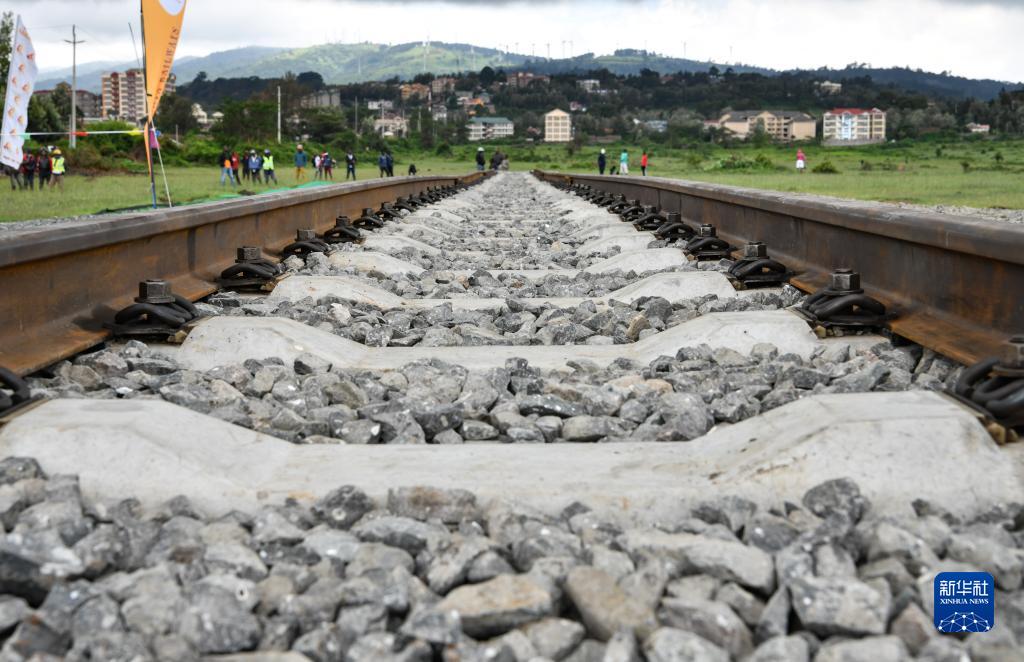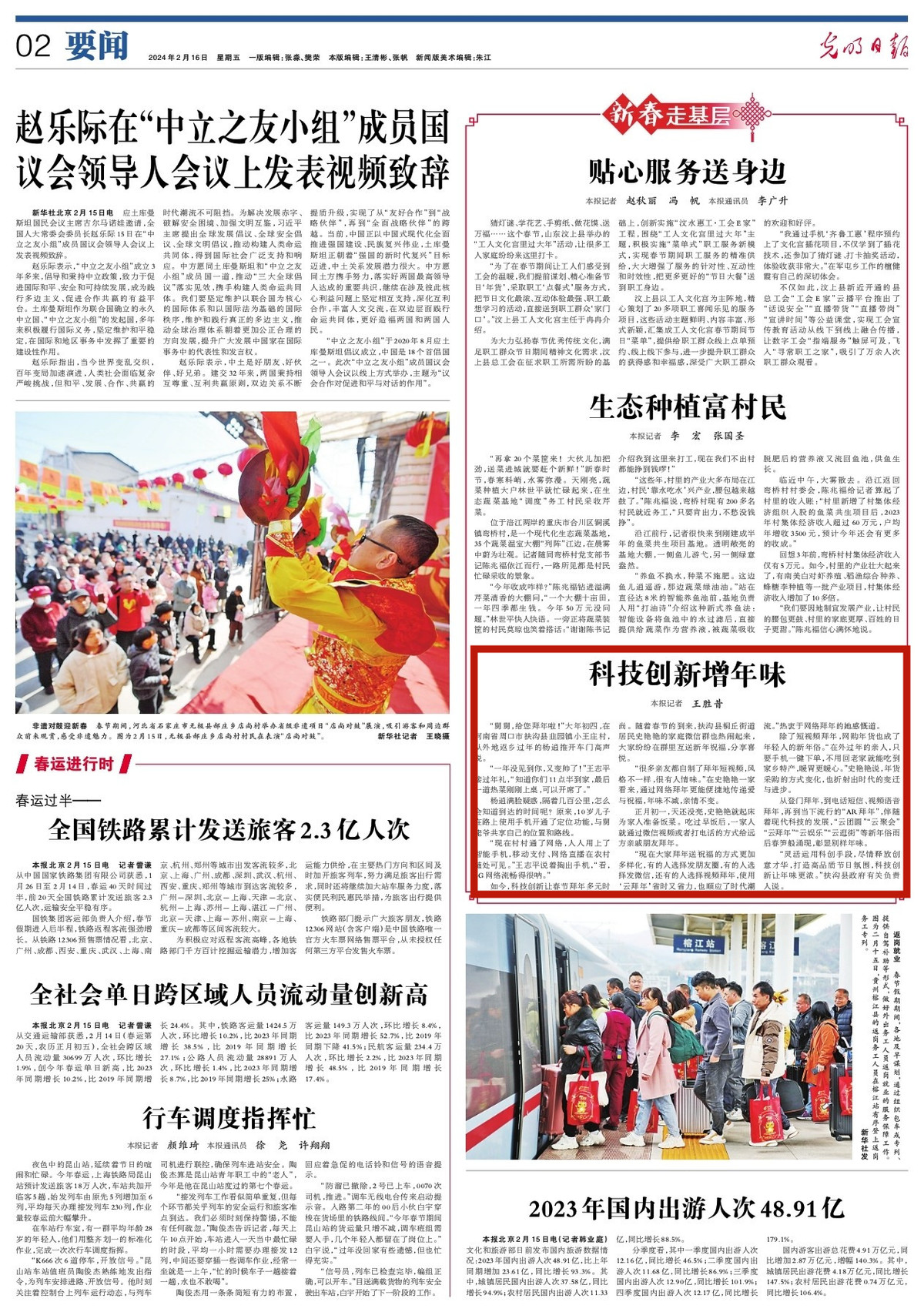According to the news of "Beijing Haidian Market Supervision" WeChat WeChat official account on August 3, from July 10 to July 27, 2022, Haidian District Market Supervision Administration continued to carry out food and beverage safety inspections, and investigated and dealt with 18 food and beverage stores in Haidian District according to law. The investigation situation is as follows:
1. Yi Jiaren (Beijing) Catering Management Co., Ltd. Second Branch
(Name of signboard: None)
There is a problem that the kitchen environment is unclean, which violates the provisions of Item (1) of Paragraph 1 of Article 33 of People’s Republic of China (PRC) Food Safety Law. According to the provisions of Item (13) of Paragraph 1 of Article 126 of People’s Republic of China (PRC) Food Safety Law, it is ordered to make corrections and give a warning.
At the same time, according to the provisions of Article 26 of the Measures for the Supervision and Administration of Food Safety in Online Catering Services, the online business activities of the enterprise on the ordering platform were immediately stopped.
2. Beijing Shanshi Kunpeng Catering Center
(Name of signboard: None)
There is a problem of not establishing and observing the incoming inspection record system according to the regulations, which violates the provisions of paragraph 2 of Article 53 of People’s Republic of China (PRC) Food Safety Law. According to the provisions of item 3 of paragraph 1 of Article 126 of People’s Republic of China (PRC) Food Safety Law, it is ordered to make corrections and give a warning.
At the same time, according to the provisions of Article 26 of the Measures for the Supervision and Administration of Food Safety in Online Catering Services, the online business activities of the enterprise on the ordering platform were immediately stopped.
3. Beijing Hongyunhai Catering Service Co., Ltd.
(signboard name: Mrs. Hao porridge)
There is a problem of operating hot food beyond the scope, which violates the provisions of the first paragraph of Article 27 of the Measures for the Administration of Food Business License. According to the provisions of the first paragraph of Article 49 of the Measures for the Administration of Food Business License, it shall be ordered to make corrections and given a warning.
4. Beijing Zhenguo Zhixian Catering Management Co., Ltd.
(Name of signboard: Fruit Fishing)
There is a problem of failing to publicize the health certificates of employees, which violates the provisions of Article 14 of the Regulations on the Management of Small-scale Food Production and Operation in Beijing. According to the provisions of Article 28 of the Regulations on the Management of Small-scale Food Production and Operation in Beijing, it is ordered to make corrections within a time limit.
5. Beijing Zhenguo Zhixian Catering Management Co., Ltd.
(Signboard name: camel barbecue)
There are problems such as poor sanitation on the ground, raw material rough machining and kitchen utensils cleaning directly on the ground, mixed rough machining pools, and damage to the sink in the cold food special room. It is ordered to suspend business for rectification and resume business after the rectification is completed.
6. Beijing Fuchangwen Catering Management Center
(Name of signboard: Jingmailong)
There are problems such as poor sanitation in the operation room, failure to wash kitchen utensils according to regulations, and rough machining of raw materials on the cleaning pool, and it is ordered to suspend business for rectification, and resume business after the rectification is completed.
7. Burning Season (Beijing) Catering Co., Ltd.
(Signature Name: Burning Season Hot Spicy Dip)
The problem of storing raw materials and stacking them on the ground shall be ordered to suspend business for rectification and resume business after the rectification is completed.
8. Yu Yingxiang Hardware and Building Materials Store, Shangzhuang Town, Haidian District, Beijing
(Name of signboard: Shanxi Daoxiao Noodles)
There is a problem of not establishing and observing the incoming inspection record system according to the regulations, which violates the provisions of paragraph 2 of Article 53 of People’s Republic of China (PRC) Food Safety Law. According to the provisions of item 3 of paragraph 1 of Article 126 of People’s Republic of China (PRC) Food Safety Law, it is ordered to make corrections and give a warning.
9. Beijing Xia Xiang Xie Hou Catering Management Co., Ltd.
(Signboard Name: Shrimp Enjoy Crab Meet)
There is a problem of failing to clean up the food beyond the shelf life in time, which violates the provisions of the first paragraph of Article 54 of the Food Safety Law of People’s Republic of China (PRC). According to the provisions of Article 132 of the Food Safety Law of People’s Republic of China (PRC), it is ordered to make corrections and give a warning.
At the same time, according to the provisions of Article 26 of the Measures for the Supervision and Administration of Food Safety in Online Catering Services, the online business activities of the enterprise on the ordering platform were immediately stopped.
10. Beijing Xiangyue Dongting farmhouse cuisine cookshop
(Name of signboard: Dongting Lake Maojiacai)
There is a problem that the kitchen environment is unclean, which violates the provisions of Item (1) of Paragraph 1 of Article 33 of People’s Republic of China (PRC) Food Safety Law. According to the provisions of Item (13) of Paragraph 1 of Article 126 of People’s Republic of China (PRC) Food Safety Law, it is ordered to make corrections and give a warning.
At the same time, according to the provisions of Article 26 of the Measures for the Supervision and Administration of Food Safety in Online Catering Services, the online business activities of the enterprise on the ordering platform were immediately stopped.
11. Beijing Ba Uemon Catering Management Co., Ltd.
(signboard name: drunken tiger biography)
There is a problem of failing to store food as required, which violates the provisions of the first paragraph of Article 54 of the Food Safety Law of People’s Republic of China (PRC). According to the provisions of Article 132 of the Food Safety Law of People’s Republic of China (PRC), it is ordered to make corrections and give a warning.
At the same time, according to the provisions of Article 26 of the Measures for the Supervision and Administration of Food Safety in Online Catering Services, the online business activities of the enterprise on the ordering platform were immediately stopped.
12. Chuanshi (Beijing) Catering Management Co., Ltd.
(Signboard name: Porridge Emperor Hong Kong-style Tea Restaurant for ten years to cook a bowl of porridge)
There is a problem that the kitchen environment is unclean, which violates the provisions of Item (1) of Paragraph 1 of Article 33 of People’s Republic of China (PRC) Food Safety Law. According to the provisions of Item (13) of Paragraph 1 of Article 126 of People’s Republic of China (PRC) Food Safety Law, it is ordered to make corrections and give a warning.
At the same time, according to the provisions of Article 26 of the Measures for the Supervision and Administration of Food Safety in Online Catering Services, the online business activities of the enterprise on the ordering platform were immediately stopped.
13. Beijing Pizza Hut Pizza Co., Ltd. Wudaokou Restaurant
(Signboard name: Pizza Hut)
There is a problem that the kitchen environment is unclean, which violates the provisions of Item (1) of Paragraph 1 of Article 33 of People’s Republic of China (PRC) Food Safety Law. According to the provisions of Item (13) of Paragraph 1 of Article 126 of People’s Republic of China (PRC) Food Safety Law, it is ordered to make corrections and give a warning.
At the same time, according to the provisions of Article 26 of the Measures for the Supervision and Administration of Food Safety in Online Catering Services, the online business activities of the enterprise on the ordering platform were immediately stopped.
14. Shuangqing Road Restaurant of Beijing Pizza Hut Pizza Co., Ltd.
(Signboard name: Pizza Hut)
There is a problem that the kitchen environment is unclean, which violates the provisions of Item (1) of Paragraph 1 of Article 33 of People’s Republic of China (PRC) Food Safety Law. According to the provisions of Item (13) of Paragraph 1 of Article 126 of People’s Republic of China (PRC) Food Safety Law, it is ordered to make corrections and give a warning.
At the same time, according to the provisions of Article 26 of the Measures for the Supervision and Administration of Food Safety in Online Catering Services, the online business activities of the enterprise on the ordering platform were immediately stopped.
15. Beijing Pizza Hut Pizza Co., Ltd. Weigongcun Restaurant
(Signboard name: Pizza Hut)
The suspected use of food raw materials beyond the shelf life violated the provisions of Item (3) of Paragraph 1 of Article 34 of the Food Safety Law of People’s Republic of China (PRC), and was put on file for investigation.
At the same time, according to the provisions of Article 26 of the Measures for the Supervision and Administration of Food Safety in Online Catering Services, the online business activities of the enterprise on the ordering platform were immediately stopped.
16. Bimai BHP Billiton (Beijing) Catering Management Co., Ltd. Haidian Branch
(Signboard name: Pizza Hut)
There is water accumulated on the floor of the decontamination room, and there is water leakage at the joint between the sewer pipe of the decontamination tank and the oil mist separator, which violates the provisions of Item (1) of Paragraph 1 of Article 33 and Item (1) of Article 56 of People’s Republic of China (PRC) Food Safety Law. According to the provisions of Item (13) and Item (5) of Paragraph 1 of Article 126 of People’s Republic of China (PRC) Food Safety Law, it is ordered to make corrections and give a warning.
At the same time, according to the provisions of Article 26 of the Measures for the Supervision and Administration of Food Safety in Online Catering Services, the online business activities of the enterprise on the ordering platform were immediately stopped.
17. Beijing Pizza Hut Pizza Co., Ltd. Baishiqiao Restaurant
(Signboard name: Pizza Hut)
There is no distinguishing mark between the container for storing garbage (egg shells) and the food container on the operating table; Tableware to be used after disinfection is stored without cleaning facilities, which violates the provisions of Paragraph 1 of Article 33 and Item 5 of Paragraph 1 of Article 33 of People’s Republic of China (PRC) Food Safety Law. According to the provisions of Regulations for the Implementation of People’s Republic of China (PRC) Food Safety Law, Article 70, Paragraph 1 of Article 126 and Item 5 of Paragraph 1 of Article 126 of People’s Republic of China (PRC) Food Safety Law, it shall be ordered to make corrections and given a warning.
At the same time, according to the provisions of Article 26 of the Measures for the Supervision and Administration of Food Safety in Online Catering Services, the online business activities of the enterprise on the ordering platform were immediately stopped.
18. Beijing Pizza Hut Pizza Co., Ltd. Space Bridge Restaurant
(Signboard name: Pizza Hut)
There is no distinguishing mark between the container for storing garbage (waste scraps) in the cold dish room and the food container; Tableware to be used after disinfection is stored without cleaning facilities, which violates the provisions of Paragraph 1 of Article 33 and Item 5 of Paragraph 1 of Article 33 of People’s Republic of China (PRC) Food Safety Law. According to the provisions of Regulations for the Implementation of People’s Republic of China (PRC) Food Safety Law, Article 70, Paragraph 1 of Article 126 and Item 5 of Paragraph 1 of Article 126 of People’s Republic of China (PRC) Food Safety Law, it shall be ordered to make corrections and given a warning.
At the same time, according to the provisions of Article 26 of the Measures for the Supervision and Administration of Food Safety in Online Catering Services, the online business activities of the enterprise on the ordering platform were immediately stopped.



